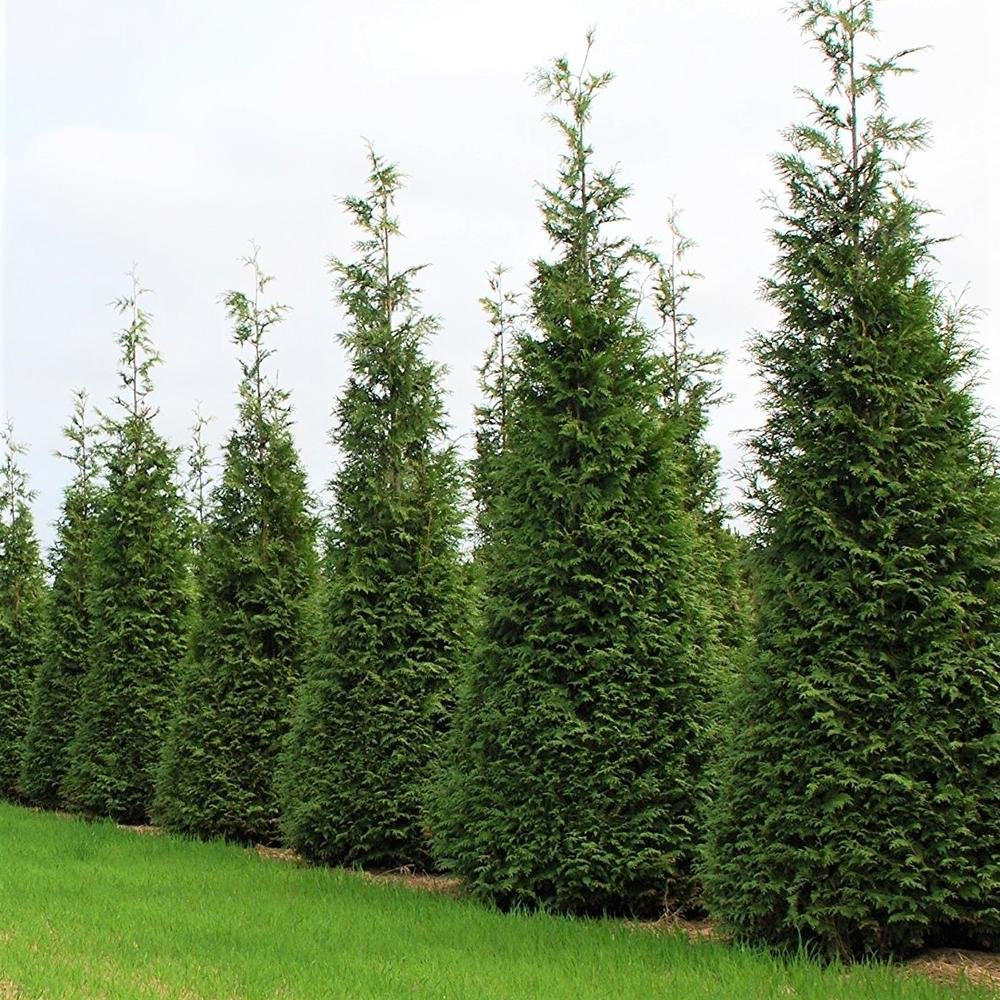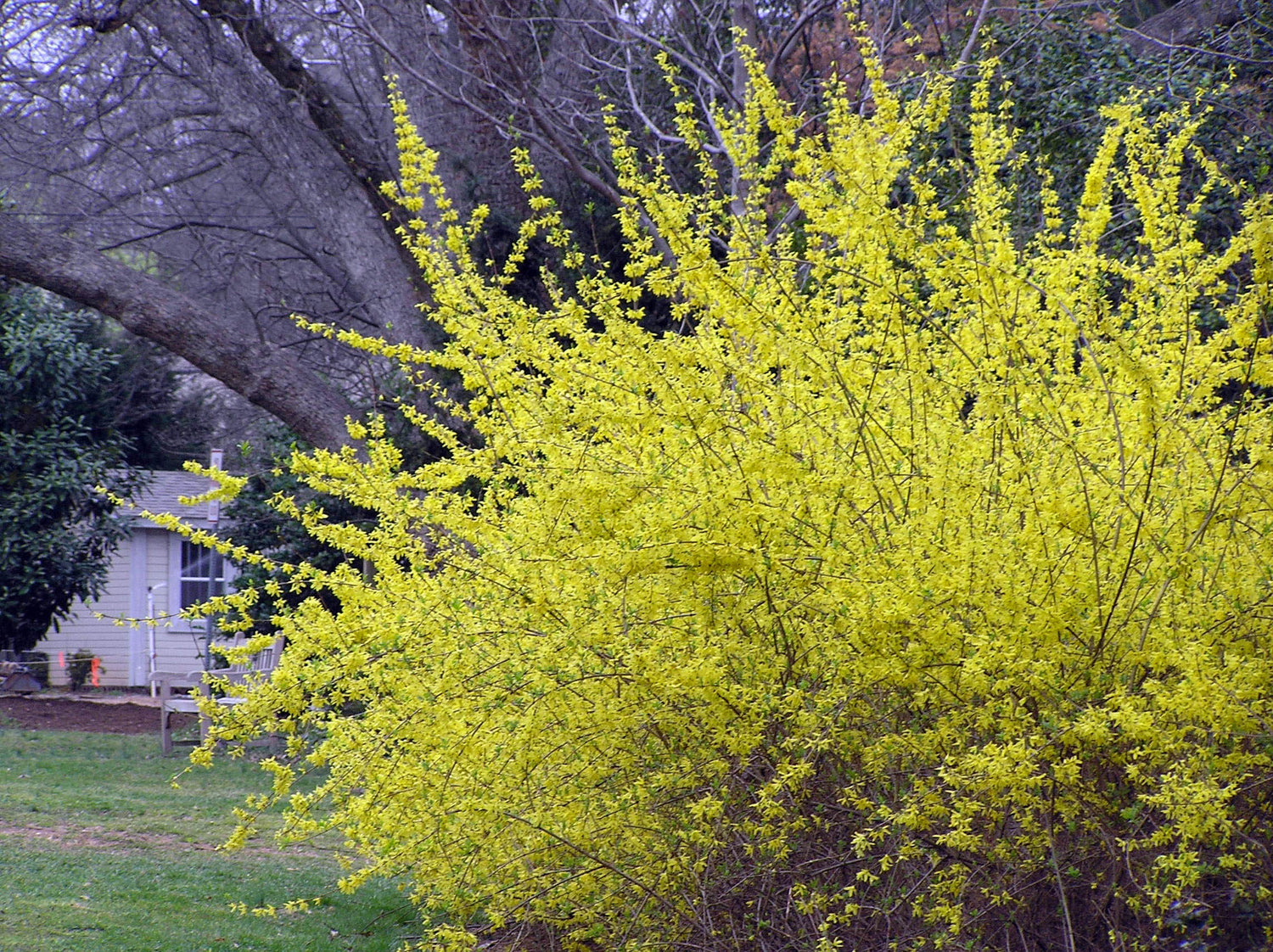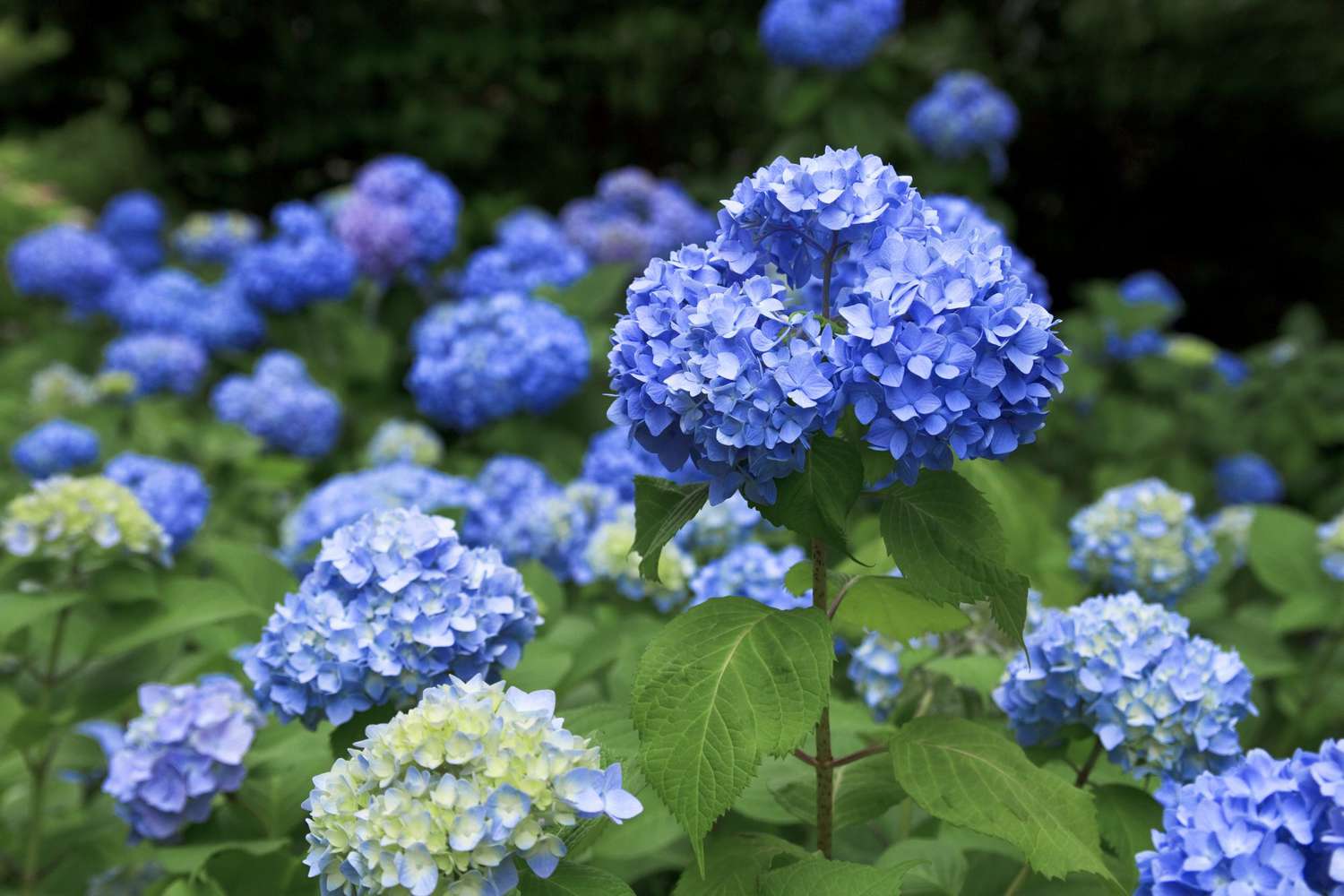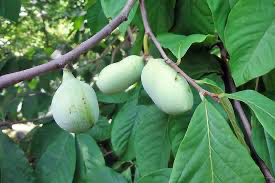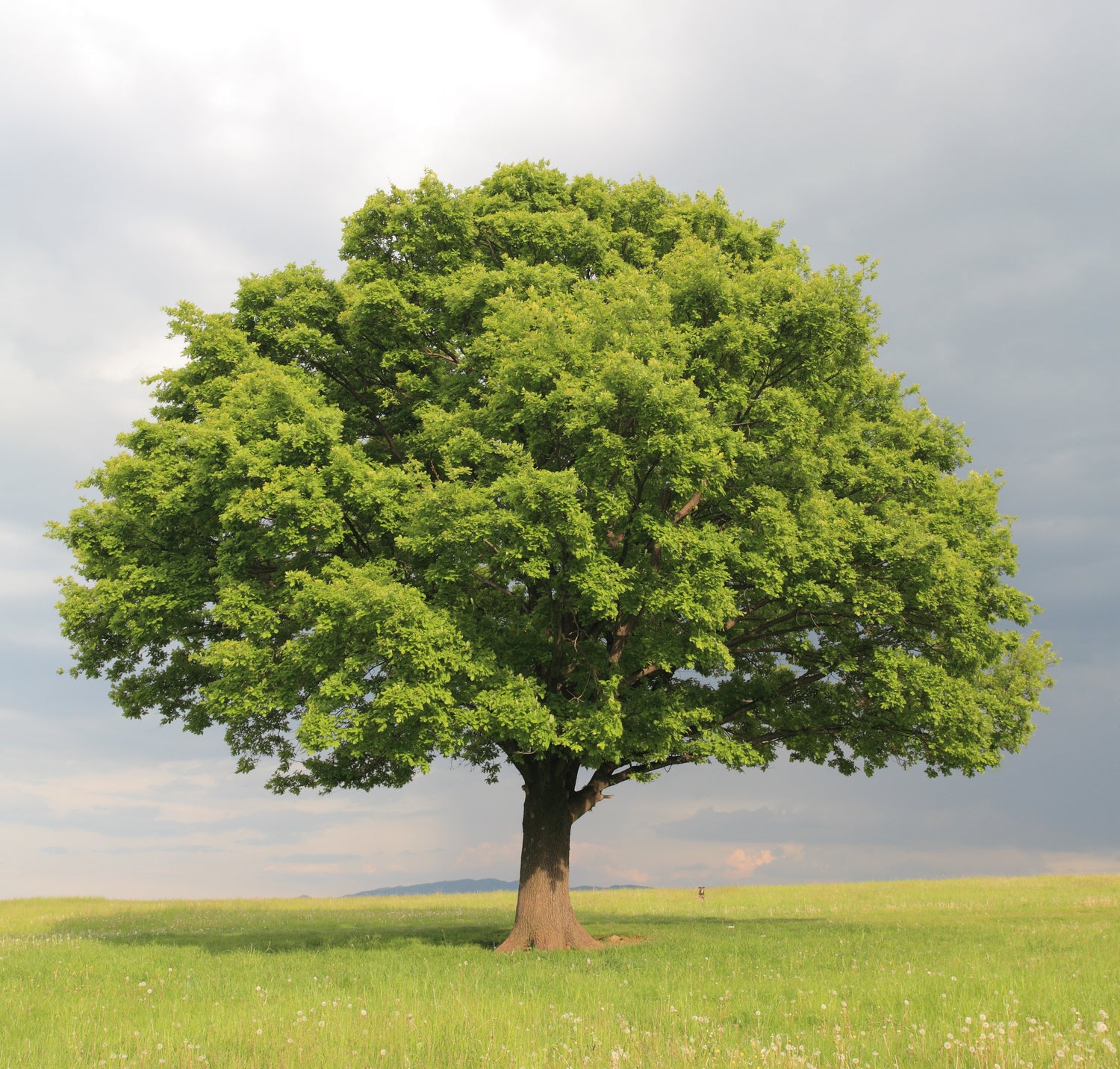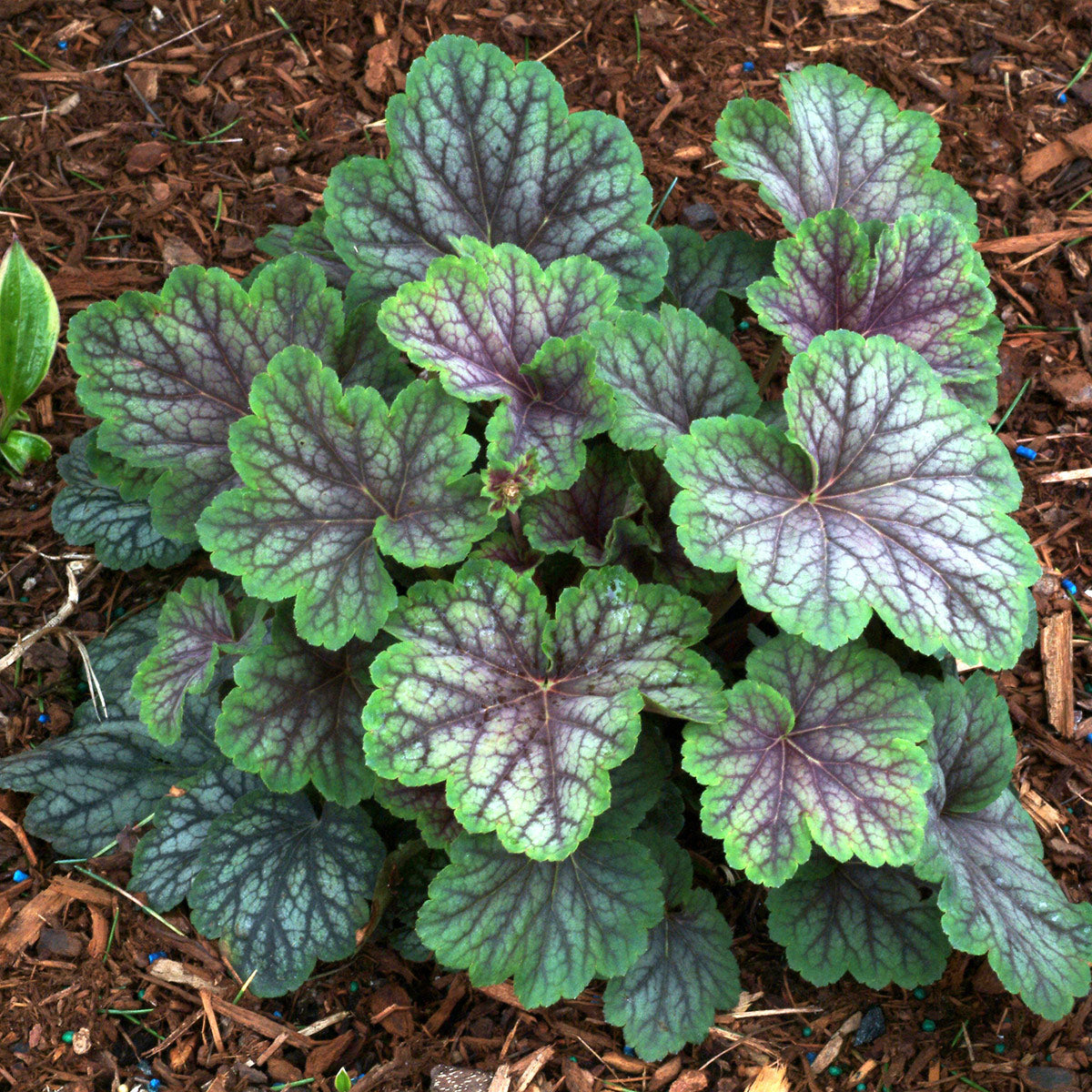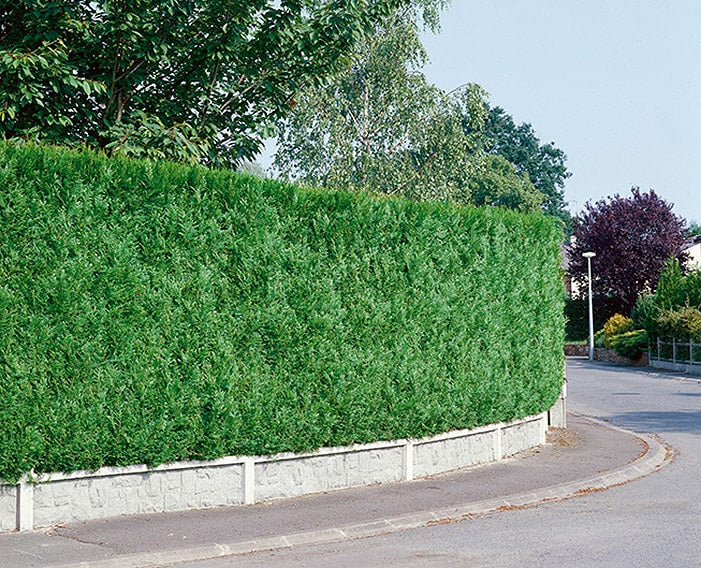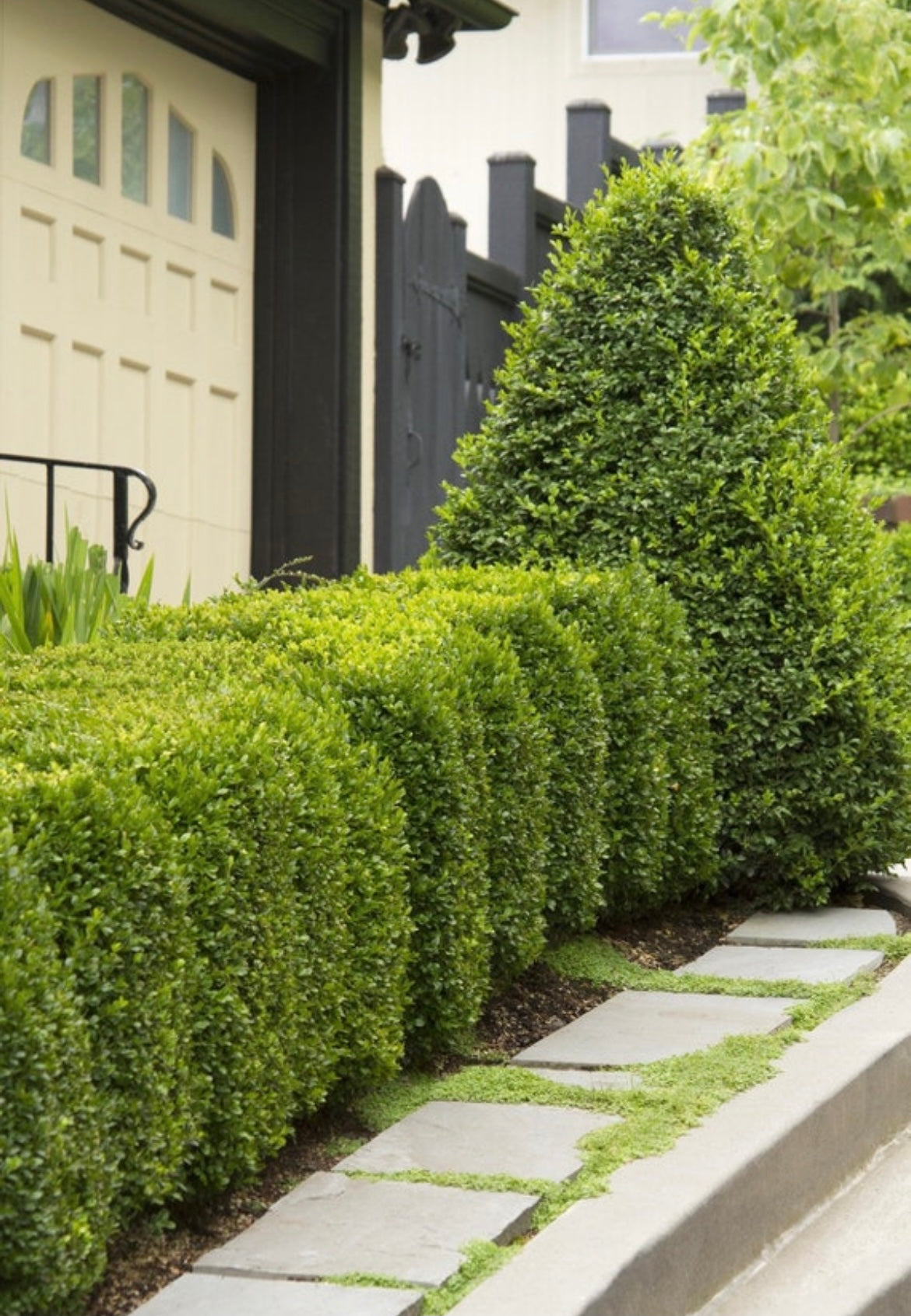
Why Tree Spacing Matters for a Healthy Yard
When it comes to growing a beautiful, thriving landscape, tree spacing might not be the first thing that comes to mind—but it’s one of the most important. Proper spacing gives trees the room they need to grow strong, encourages good root development, and reduces competition for resources. Crowding trees too close together can lead to a few common issues, like stunted growth, increased susceptibility to pests, and poor airflow, which can lead to mold or mildew.

In a well-spaced yard, each tree has enough room to stretch out its branches and roots without interference. Over time, this thoughtful spacing creates a balanced and healthy landscape where each tree has a chance to reach its full potential. Whether you’re planting shade trees, fruit trees, or evergreens, paying attention to spacing guidelines from the start can make all the difference in how your trees grow over the years.
For additional tips on common tree care concerns, be sure to check out our Frequently Asked Questions page.
Spacing for Large Shade Trees: Room for a Canopy
Large shade trees like oaks, maples, and elms bring timeless beauty to any landscape, providing both shade and privacy. However, these trees need plenty of space to flourish. When planting large shade trees, it’s essential to allow enough room for the expansive root systems and wide canopies they develop over time. Planting them too close to each other (or too close to your house) can lead to root competition, overlapping branches, and even structural issues for nearby buildings.
A good rule of thumb for large shade trees is to plant them at least 20 to 30 feet apart. This spacing will give each tree the chance to grow to its mature size without crowding or competing for nutrients. The right spacing also ensures that as your trees grow, they’ll provide a beautiful, balanced canopy over your yard without interfering with each other’s growth.
If you’re looking to plant a few of these towering beauties, take a look at our selection of large shade trees, where you’ll find varieties perfect for creating a natural canopy over your outdoor spaces.
Apple Tree Spacing for Healthy Orchards and Backyards
Apple trees bring beauty to your yard and delicious fruit to your table, but their placement requires careful planning. When it comes to apple trees, spacing will vary depending on whether you're planting a small backyard tree or a full orchard. For smaller, backyard-friendly dwarf apple trees, a spacing of 6 to 10 feet apart generally works well. This allows each tree enough room to grow and produce fruit without tangling branches with its neighbor. For semi-dwarf apple trees, a bit more space is ideal—about 12 to 15 feet between each tree. If you’re working with standard-sized apple trees, plan for 15 to 20 feet apart to give those larger varieties room to thrive.
Proper spacing not only helps each apple tree get the sunlight and airflow it needs but also keeps the risk of disease lower, which is essential for a fruitful harvest. If you’re thinking about the best time to plant these trees, we’ve put together some advice on when to plant a new tree to help your apple trees get off to a strong start.
Evergreen Tree Spacing: Perfect for Hedges and Privacy Screens
Evergreens are the go-to choice for creating natural privacy screens and beautiful, year-round greenery in your yard. The ideal spacing for evergreens depends on their role in the landscape. If you're aiming for a dense privacy screen or hedge, plant evergreens closer together, typically 3 to 5 feet apart. This spacing encourages a lush, continuous wall of green as the trees mature. For stand-alone evergreens, or if you prefer a less dense barrier, increase the distance to 6 to 12 feet, allowing each tree to spread out without merging into its neighbors.
Popular evergreen varieties like cedar, arborvitae, and cypress are often used for privacy screens, as their compact foliage naturally forms a beautiful, solid barrier. When spaced correctly, these trees will provide reliable coverage, shield against wind, and create a peaceful, secluded space in your yard.
For more evergreen options that suit a range of landscaping needs, take a look at our collection of evergreen trees and explore our variety of privacy screening plants.
Spacing Small Trees for Compact Yards and Gardens
If you’re working with a smaller space, small trees are a fantastic choice. These trees, like flowering cherries, Japanese maples, and crabapples, bring beauty and height to a garden without taking up too much room. When planting small trees, aim for spacing between 8 to 15 feet, depending on the specific variety and expected growth. This allows each tree enough room to reach its mature size without feeling cramped, even in a compact area.
Small trees make great focal points in the landscape and work well alongside shrubs and ground plants. Proper spacing for these smaller varieties will help them grow naturally, giving you a vibrant, healthy yard without overcrowding. If you’re interested in exploring trees that are perfect for small spaces, check out our collection of small trees for inspiration.
Shrub Spacing: Filling in Landscapes with Healthy Growth
Shrubs are versatile additions to any landscape, whether you’re using them to fill empty spaces, define borders, or add bursts of color and texture. Proper shrub spacing ensures that each plant has room to flourish without crowding its neighbors. For smaller shrubs like boxwoods and low-growing hydrangeas, spacing 3 to 5 feet apart works well, while larger shrubs like lilacs or viburnums typically need 5 to 8 feet between them.
The right spacing allows for good airflow, which is especially important in humid climates where closely spaced plants can trap moisture and foster disease. When shrubs have adequate room to grow, they create a lush, full landscape that’s both attractive and easy to maintain.
For those looking to fill in a new landscape quickly, consider options from our fast-growing plants collection. These shrubs can add structure to your garden in no time!
Practical Tips for Planning and Measuring Tree Spacing
Planning tree spacing doesn’t have to be complicated! Start by envisioning the mature size of each tree or shrub. A good approach is to measure out each tree's future canopy spread and root zone, giving enough room for growth over the years. Using stakes or even a garden hose to mark the ground can help you visualize where each tree will be planted and ensure they’re properly spaced before you start digging.
Another key factor to consider is how spacing affects watering and care. Trees and shrubs planted too close together may compete for water and nutrients, making it essential to adjust your care routine accordingly. To help new trees establish, check out our tips on how often to water new trees to keep your plants healthy from day one.
By thoughtfully planning your tree spacing and following these practical tips, you’ll set up your landscape for long-term success and create a beautiful, balanced garden where every plant has room to thrive.








